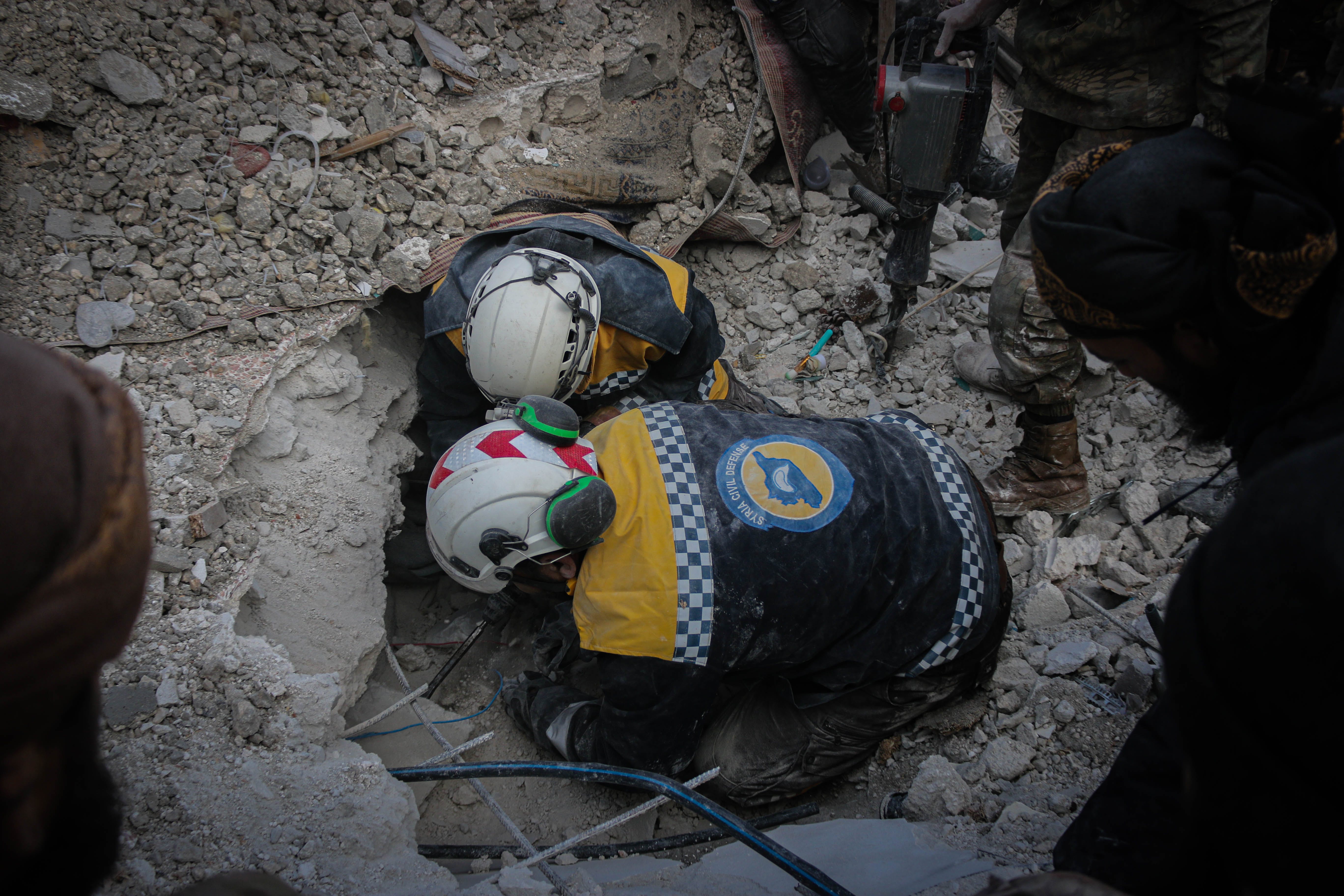Are we as humanitarians sabotaging ourselves by being overly pessimistic about the possibilities of new technologies, or are we justified in our scepticism? According to technology analyst Sara Watson, there are patterns in the reaction to criticism of new technologies across many domains: “something about criticism in the context of technology seems to suggest that technological change is problematic, or something to be resisted entirely”. Watson argues that while criticism is seen as constructive in other spheres, criticism of technology is always viewed as hostile, instead of practical. This blog takes Watson’s spirit of constructive critique of new technologies and applies it to humanitarian work, especially regarding inclusion. This is the seemingly straightforward principle that we support all those who are impacted by a crisis, not only those easiest to reach. Using the case study of cash programming, which experts have identified as being unlikely to survive without widespread digitalisation, I argue that as humanitarians we must carefully consider the consequences of digitalisation, and question the optimism about its potential to ensure inclusion in humanitarian response.
The virtuous concept of inclusion is much more straightforward in theory than in practice, where many of those who are most impacted by a crisis are also affected by many barriers to access humanitarian aid. These barriers can either be due to the crisis itself or can be the compounding effects of other circumstances such as their remote location, others’ exclusionary attitudes (for instance, criminalisation or stigma around same-sex relationships) or lack of access to systems for identifying themselves.
To help address this issue, humanitarian groups are increasingly turning to digitalisation. Digitalisation removes the need to visit a physical location to receive aid, or the need for physical identification such as an ID card, that can be lost, forgotten or stolen.
People who may be excluded from humanitarian assistance because they cannot access certain locations or identity systems therefore gain access to humanitarian aid. Besides the possibility of increased inclusivity, the shift towards digital humanitarian services has a number of other identified benefits including: reduced costs, especially once the digital services have been set up, and greater data collection that allows organisations and donors to provide better aid in the future.
‘Cash and voucher assistance’ (CVA) is aid which is given to recipients either as money to spend as they wish or vouchers to spend on certain goods from specified merchants. There are numerous forms of digital CVA, such as bank deposits, prepaid cards, mobile money and e-vouchers. According to Calp network, an organisation dedicated to increasing the scale and efficiency of CVA programming, any analog CVA program is unlikely to function in the long term.
Supporters of digitalisation have highlighted cash programming as an area where digitalisation will have many benefits. For example, one key identified benefit of digitalisation for CVA programs is that, once set up, people can discreetly collect their aid from banks and ATMs close to them. This is not only more convenient, especially for those living in isolated areas or without reliable transport but also significantly increases the safety of both aid workers and recipients. It also saves a lot of time for humanitarian organisations and allows them to use their finite physical resources in places where there is no digital alternative. Digitalisation also enables greater monitoring. When cash programming first gained prominence, fears were initially raised about the risk of the money being spent on discretionary goods such as alcohol and cigarettes, it has been shown time and time again that in the vast majority of cases, the cash is spent in a way that clearly benefits the recipient. Despite this, these fears still persist, with digitalisation to collect data about how the money is spent presented as a potential mechanism to alleviate this donor doubt.

However, applying the lens of inclusion can test some of the claims made about the potential reach of digitalised CVA. Research by Dr Michael Callen, Associate Professor of Economics at London School of Economics, had very optimistic findings about the potential for digital cash transfers to Afghan womens’ phones. The research suggested that digitised CVA helped to circumvent a number of the most commonly cited concerns with exclusion, such as lack of both regular and digital literacy, appropriation by male family members, or by governments, but offered little consideration for those for whom this modality was unsuitable. While it may be true that, as Callen declares, “most people these days have a mobile phone”, for humanitarian action “most” people being covered is not sufficient – while it is incredibly difficult for humanitarian response to cover everyone, that must be the goal. Impartial humanitarian assistance must identify those with the greatest needs and the principle of inclusion means no one should be left out. As the women had to go to an in-person teaching session to be able to access the program, it remained out of reach for women unable to travel. Furthermore, while the lack of appropriation by male family members is encouraging, the fact that the women had to travel to participate might have given the research a sample based on those who have more independence from male family members than others anyway.
Because of issues like these, several organisations have raised concerns about the digitalisation of cash programming and what that could mean for inclusion, seeing physical exclusion mirrored in digital exclusion. For instance, while it has been identified that women and people with disabilities face barriers to reach physical service points and therefore may markedly benefit from digitalisation of CVA programming, a study of refugee camps in Rwanda, Jordan and Uganda found that these same groups were also more likely to not have access to a mobile phone, something needed for access to many forms of digital CVA. Additionally, global “know your customer” regulations mean that those who do not have legal identification (often women and the poor) will be excluded. Levels of digital and financial literacy provide an additional barrier for many of the world’s most vulnerable. Lastly, there are concerns about data privacy where governments or organisations may collect data for nefarious reasons. Even when organisations do not share the data, cyber attacks are always a possibility.
As humanitarians navigate these choices, it is of utmost importance to question: who is benefiting from this push to digital CVA? A significant part of the push to digitalisation is coming from banks and technology enterprises who want to break open a new market for their products. It is important to note that these products are designed for commercial and not humanitarian usage . Further, aid expert Paul Currion argues, it is likely to be primarily donors and implementing agencies – not users of CVA – that benefit from the increased monitoring that digitalisation can allow. While donors may feel more comfortable if the aid has greater oversight after being handed over, the point of cash programming is that it frees recipients from receiving what donors think they need, and instead gives them the freedom to decide their own needs for themselves.
While humanitarians should continue to be optimistic about the potential for new technologies and digitalisation to increase inclusion, it is important to consider the potential for new technologies to reproduce patterns of inclusion and exclusion. As cash inevitably becomes more and more digitalised, we must find solutions to the challenge posed of making the digital transformation as inclusive as possible.






